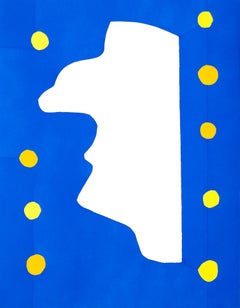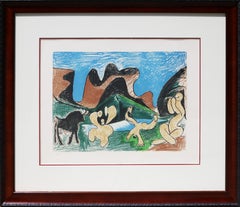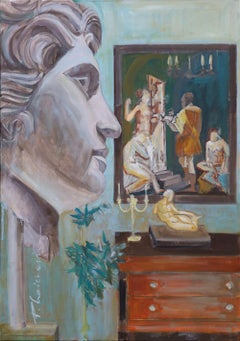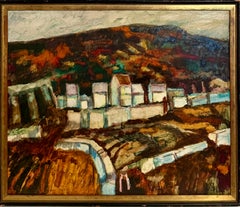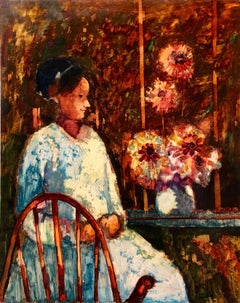Fauvist Art
1980s Fauvist Art
Lithograph
1980s Fauvist Art
Lithograph
21st Century and Contemporary Fauvist Art
Canvas, Oil
20th Century Fauvist Art
Oil, Board
1960s Fauvist Art
Watercolor
20th Century Fauvist Art
Oil, Board
1990s Fauvist Art
Paper, Monotype, Ink
1930s Fauvist Art
Cardboard, Lithograph
Early 20th Century Fauvist Art
Crayon, Graphite
1990s Fauvist Art
Screen
21st Century and Contemporary Fauvist Art
Paper, Pastel, Watercolor, Pencil
1960s Fauvist Art
Canvas, Acrylic
2010s Fauvist Art
Canvas, Oil
Mid-20th Century Fauvist Art
Canvas, Oil
1940s Fauvist Art
Lithograph
1920s Fauvist Art
Etching
Late 20th Century Fauvist Art
Oil, Wood Panel
2010s Fauvist Art
Canvas, Oil
1950s Fauvist Art
Oil
1970s Fauvist Art
Oil, Cardboard
1960s Fauvist Art
Watercolor
1890s Fauvist Art
Lithograph
1970s Fauvist Art
Paper, Acrylic, Foam Board
1970s Fauvist Art
Canvas, Oil
1980s Fauvist Art
Oil, Cardboard
1940s Fauvist Art
Lithograph, Woodcut
1920s Fauvist Art
Paper, Watercolor, Gouache
21st Century and Contemporary Fauvist Art
Paper, Oil Pastel
Early 20th Century Fauvist Art
Paper, Watercolor, Gouache, Cardboard
1990s Fauvist Art
Canvas, Oil
1980s Fauvist Art
Canvas, Oil
1990s Fauvist Art
Paper, Oil
1990s Fauvist Art
Canvas, Oil
1960s Fauvist Art
Lithograph
1950s Fauvist Art
Silk, Screen
1980s Fauvist Art
Charcoal, Oil Crayon, Cardboard
Mid-20th Century Fauvist Art
Canvas, Acrylic
1940s Fauvist Art
Canvas, Oil
1930s Fauvist Art
Linocut
Early 2000s Fauvist Art
Cardboard, Oil
1890s Fauvist Art
Lithograph
21st Century and Contemporary Fauvist Art
Canvas, Oil, Acrylic
1960s Fauvist Art
Lithograph
21st Century and Contemporary Fauvist Art
Canvas, Acrylic
1980s Fauvist Art
Lithograph
1920s Fauvist Art
Etching
1960s Fauvist Art
Canvas, Oil
1950s Fauvist Art
Lithograph
1890s Fauvist Art
Lithograph
Early 20th Century Fauvist Art
Carbon Pencil
1960s Fauvist Art
Board, Oil
21st Century and Contemporary Fauvist Art
Canvas, Oil
20th Century Fauvist Art
Lithograph
2010s Fauvist Art
Canvas, Oil, Stretcher Bars
Mid-20th Century Fauvist Art
Gouache
1970s Fauvist Art
Lithograph
1960s Fauvist Art
Color, Lithograph
20th Century Fauvist Art
Paper, Mixed Media
Early 20th Century Fauvist Art
Paper, Pencil
20th Century Fauvist Art
Paper, Mixed Media
